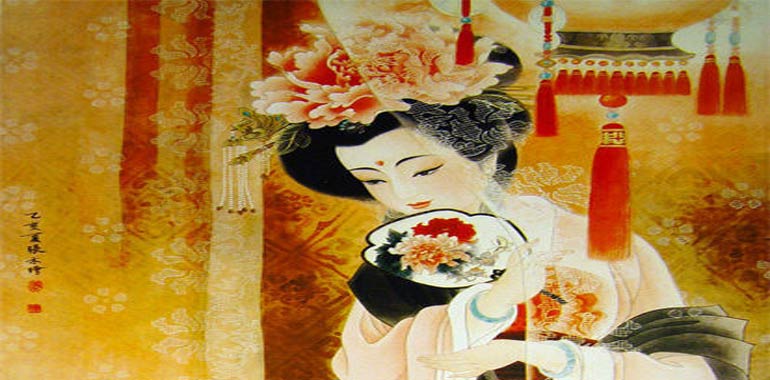Six Types of Chinese Classical Arts
Six types of Chinese classical arts
Chinese traditional art is more and more appreciated by the people of the world because of its rich local flavor, rich artistic connotation and vivid historical traces.
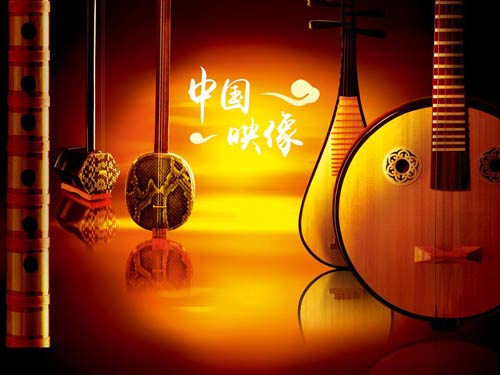
THE DEFINITION OF ART:
One of the definitions of art is a social ideology that is more typical than reality by shaping the image to reflect social life. The traditional Chinese art is the Chinese painters, calligraphers, craftsmen, poets, architects, etc. in the history of China. They are presented to us through their understanding of Chinese, society and the environment, reflecting Chinese society. a long scroll of culture in historical life.
SIX TYPES OF CHINESE CLASSICAL ARTS:
The core content of Chinese classical art should include
1.Chinese classical painting (mural painting, sculpture, Chinese painting, calligraphy, engraving)
2.Chinese classical music
3.Chinese classical literature (including novels, drama, poetry)
4.Chinese classical dance (court and folk music dance)
5.Chinese classical gardens and architecture
6. Chinese classical arts and crafts (including ceramics, woven embroidery, exotic, jade and metal crafts, furniture and others).
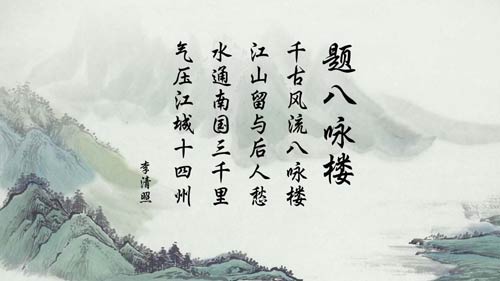
The heritage of traditional Chinese art is extremely rich and brilliant. Painting, calligraphy, music, dance, opera, gardens, architecture, sculpture, arts and crafts, traditional food, traditional costumes, etc., have accumulated for thousands of years, all have great creations, all of which have deepened the ancient civilization of five thousand years. Cultural heritage. This is a precious asset of the Chinese nation and a precious asset for all mankind.
① Chinese classical painting:
The history of Chinese painting can be traced back to the pottery ornamentation and rock paintings of the Neolithic Age of the primitive society. Although the original painting technique is naive, it has mastered the preliminary modeling ability and can capture the main features of animals and plants. Expressing the ancestors' beliefs, wishes, and beautifications of life.
In China, the authenticity of painting has reached a peak in the Song Dynasty in the 12th century. In particular, Guo Xi's "Early Spring Picture" is the pinnacle of realism. Later, he began to turn to the subjective taste. Since Wang Wei was painted in the praise poem After the poems in the paintings, the long tradition of literati painting continues to this day.
Chinese painting is an important part of Chinese culture and is rooted in the soil of national culture. Using brush, ink and rice paper as special materials, it constructs a unique perspective theory, boldly and freely breaks the limitations of time and space, and has a high degree of generalization and imagination. This outstanding skill and means not only makes traditional Chinese painting unique. Art is powerful, and it is increasingly absorbed by the world's modern art.
② Chinese classical music:
Traditional music is divided into five categories: songs, song and dance music, rap music, opera and instrumental music, but most colleges incorporate song and dance music into folk songs in teaching, so they become four categories: folk songs, folk instrumental music, and folk art (ie " Rap") music, opera music. "Chinese traditional music" refers to the music that the Chinese have created using the inherent methods of the nation and adopting the inherent form of the nation and possessing the inherent characteristics of the nation. It can be seen that traditional music includes "national music" but not "new music", but they are all "Chinese music".
Traditional music is an extremely important part of Chinese national music. The difference between traditional music and new music is not in the order of creation time, but in its form of expression and style. For example, the erhu solo "Two Springs Reflecting the Moon" and "Fishing Boat Singing Night" are modern music works, but their performance forms are inherent to the Chinese nation, so they are also traditional music. On the contrary, the school music and piano solo "Shepherd Piccolo" borrowed Western music because of its musical form, so it was not traditional music.

③ Chinese classical literature:
Literature is a language art that uses language to shape the image to reflect social life and is an important part of the culture.
Chinese classical literature is a classic or excellent work shining in the history of Chinese literature. It is a remarkable treasure in the world literature treasure house.
Chinese classical literature has many forms of expressions such as poetry, prose, novels, as well as words, Fu, and music. In various styles, there are various artistic expression techniques, which makes Chinese classical literature appear colorful and magnificent pictures. For thousands of years, Chinese traditional culture has nurtured Chinese classical literature, and Chinese classical literature has greatly enriched Chinese traditional culture, making traditional culture more profoundly influential.
④ Chinese classical dance:
Chinese classical dance, originated in ancient China, has a long history and profound knowledge. It combines many movements and styles in martial arts and opera, paying special attention to the role of eyes in performances, emphasizing the coordination of breathing, rhythm and style, unique The beauty of the east and the softness of the East is fascinating. Chinese classical dance mainly includes body rhyme, body and skill. The body rhyme is the connotation of Chinese classical dance. The charm of each dance is different. Two people jump in the same movement and have different charms.
The classical dance of the fertile soil of Chinese traditional culture emphasizes the rhyme of "the combination of both form and spirit, mutual integration of mind and body, and internal and external unity." Shen Yun is the soul of Chinese classical dance. God is in the middle and is shaped outside, and the true meaning of the body rhyme is created by the thoughts of "the shape of the gods and the shape of the gods."
The music of Chinese classical dance mostly uses Chinese unique musical instruments, such as guzheng, erhu, and pipa. Chinese classical dance costumes are antique, and each has its own characteristics according to the specific requirements of the dance. Han and Tang dances mostly use traditional Hanfu.
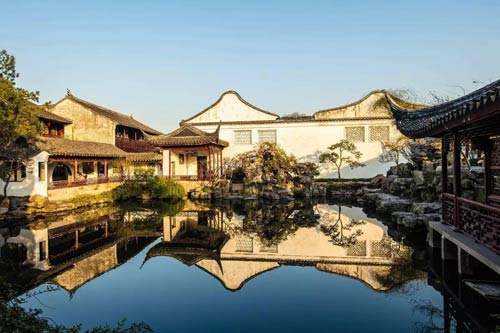
⑤ Chinese classical gardens and architecture:
The original form of Chinese classical gardens is "You" and "Taiwan", which can be traced back to the 21st century BC, and to the Shang Dynasty, the monarchs built high platforms in the temple to worship the gods, the name For "Lingtai."
The history of Chinese classical gardens is usually divided into five periods, namely, the formation period, the transition period, the heyday, the maturity and the late maturity. Chinese classical garden art refers to the form of Chinese landscape garden represented by Jiangnan private garden and northern royal garden. In Chinese Han architecture, classical gardens are unique buildings with great achievements. It is recognized by the world as the mother of the world garden, the wonders of world art, and an important legacy of human civilization.
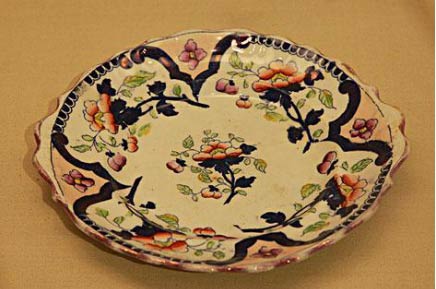
⑥ Chinese classical arts and crafts:
China is a great invention in ancient China. Most of the porcelain technology in the world is introduced from China.
Ancient jade is the cornerstone of Chinese civilization. The Chinese have been admiring jade since ancient times, and their beauty is unmistakable.

